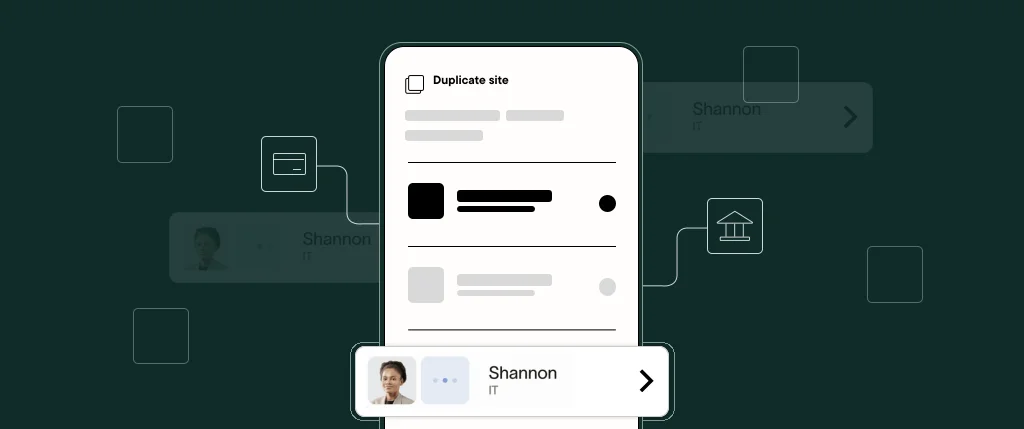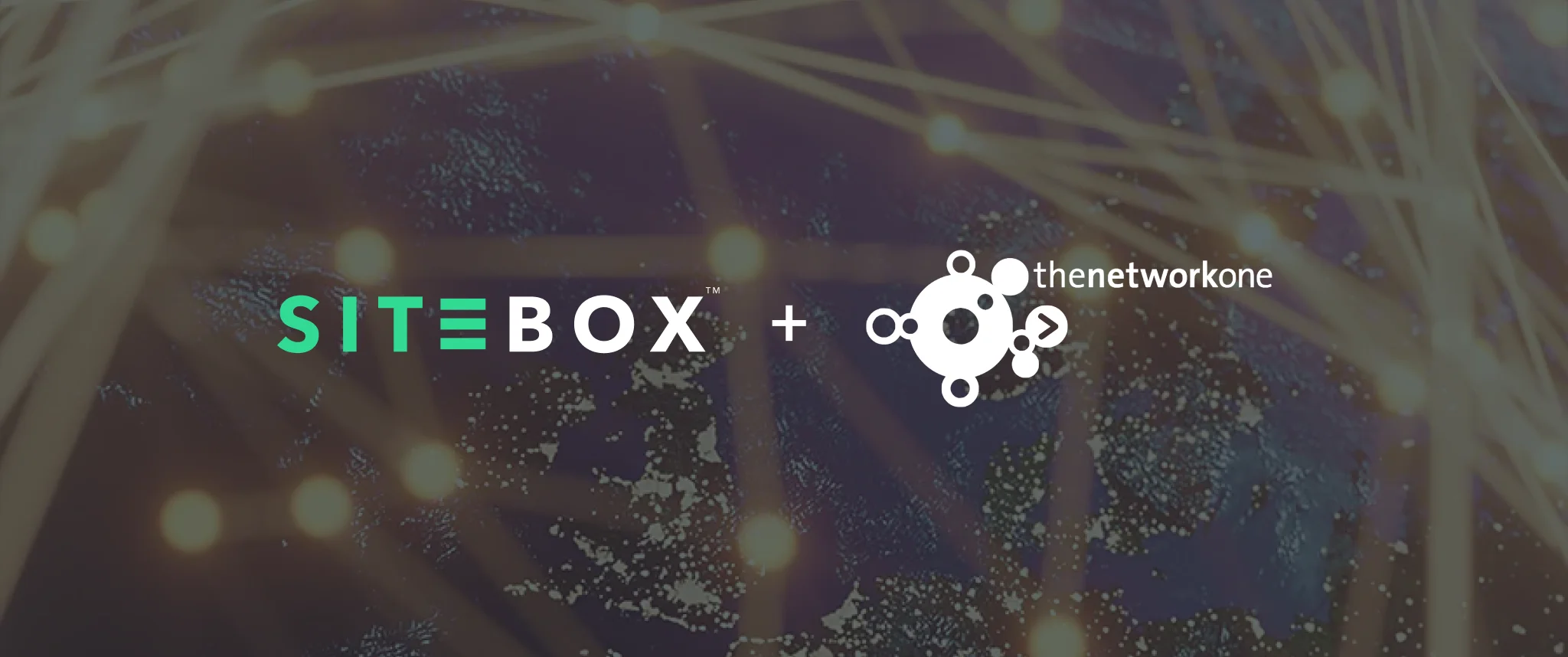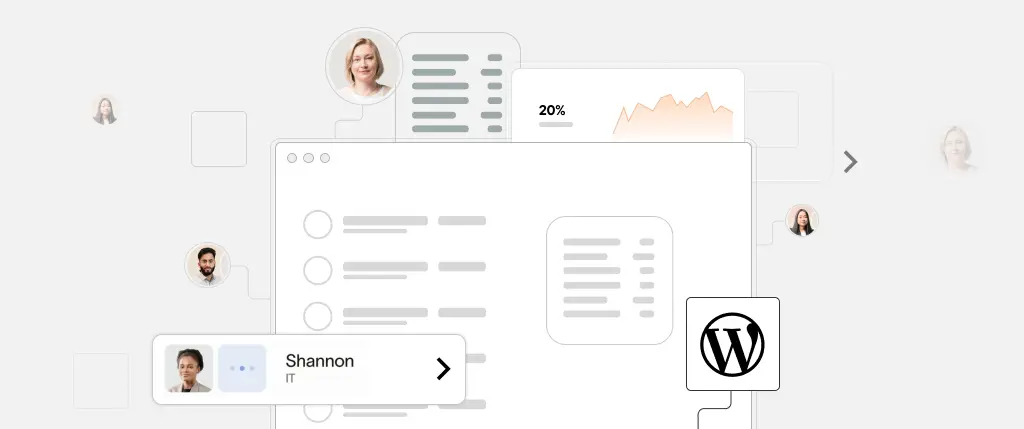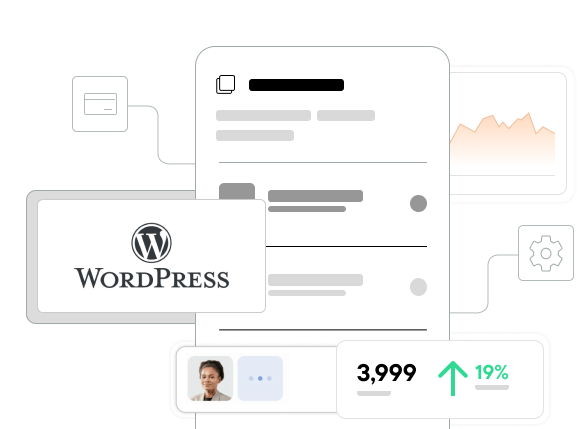Web security is no afterthought…
With criminal typologies evolving (especially in the realm of digital assets), and with WordPress sites making up over a third of the internet, ensuring the fortification of a website’s core and components is crucial.
It’s also a misconception that enhancing a site’s security means sacrificing the flexibility of content management to be used across a range of sites and platforms. One answer lies in hosting with a Hybrid Headless approach: a powerful ally in the fight against cyber threats that can still enable seamless content delivery.
Learn how Hybrid Headless CMS can bolster your WordPress site’s defence so that agencies can protect their most valuable digital assets: content.
Understanding Hybrid Headless
As it alludes to in its name, Hybrid Headless is a content management system that combines aspects of traditional ‘coupled’ CMS with the flexibility of ‘Headless’ CMS. This allows you to manage content creating, editing and publishing across a variety of platforms while still leveraging the strength and power of the WordPress infrastructure.
By detaching the front-end presentation layer from the back-end content management and delivery mechanisms, content effectively becomes interoperable across different devices and user interfaces with the same security measures implemented across the board.
So, what are the security upsides?
Reduced attack surface
In a Hybrid Headless system, the front-end lacks back-end functionality, effectively reducing your website’s attack surface. Without the vulnerabilities associated with plugins and extensions, often the primary targets of cyber-attacks, your WordPress instance becomes more secure.
Easier security management
A Headless CMS means fewer moving parts on the client side, simplifying security configurations and updates, and you can direct your resources towards maintaining a robust backend while safe in the knowledge that the front-end is more secure.
Impenetrable input validation
By separating a content repository from a delivery mechanism, rigorous input validation gets reinforced by design. This means only sanitised and safe data can pass from the CMS to your presentation layer, minimising the risk of XSS attacks.
How to implement Hybrid Headless for security: a quick guide
- Start with a solid foundation: selecting a Headless CMS that seamlessly integrates with WordPress, designed with security in mind, provides a great start to a track record for maintaining strong security protocols.
- Sync content: a strategy to use data consistently across different delivery channels prevents data being pulled directly from your WordPress database, which poses a potential security risk.
- Employ secure data access: secure API practices means that the only access points to your CMS are those explicitly needed, while regularly reviewing authentication methods and access logs helps to maintain control over data retrieval.
- Regular audits: monitoring for threats and applying updates promptly should be common practice, which is easier with Hybrid Headless, as less worry about the front-end redirects the focus to conducting security audits on your back-end.
- Granular authorisation: Hybrid Headless allows greater control over who can access and modify content, reducing the chance of unmalicious attempts happening on your site undetected.
- Disaster recovery: a Hybrid Headless system enables you to store your content without being tied to your WordPress platform. Creating and regularly updating a thorough disaster recovery plan makes it simple to swiftly recover and restore content in case of a breach.
- Security culture: with regular WordPress support and training, all staff should be able to recognise threats (such as phishing attempts or malware), as well as using hardy authentication methods to prevent the risk of attacks.
Choosing the host using Hybrid Headless can be a substantial step forward in ensuring robust security measures for a range of digital platforms, whether decreasing attack surface or maintaining the ease of security management. If you’re looking to safeguard your digital content fortress, Hybrid Headless can be a valuable option to maintain a future-ready infrastructure.
SiteBox can help agencies and client-side teams change most existing WordPress websites into static versions served from a performant, scalable and secure flat file storage, powered by Cloudflare technology. Speak to us to learn more.




